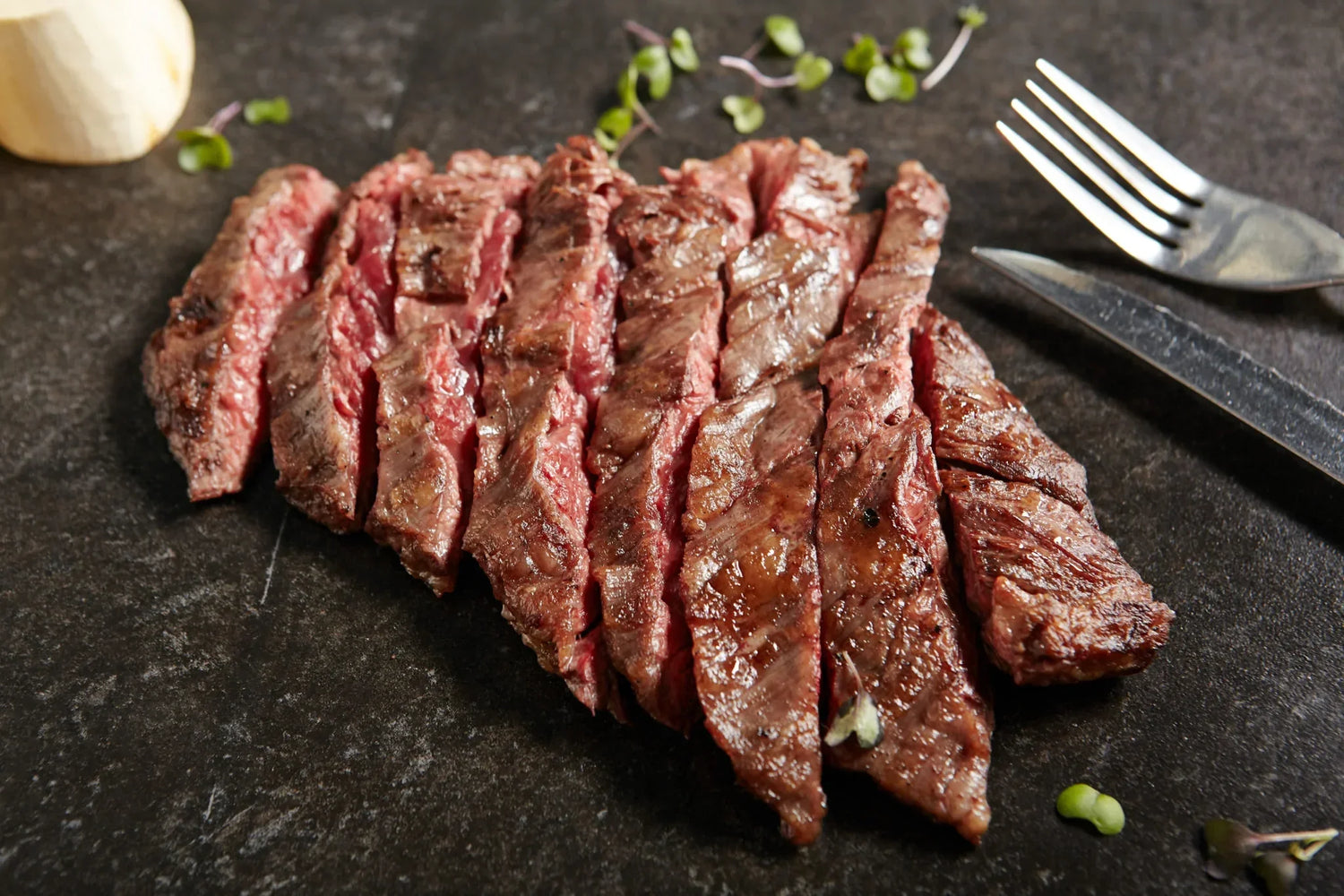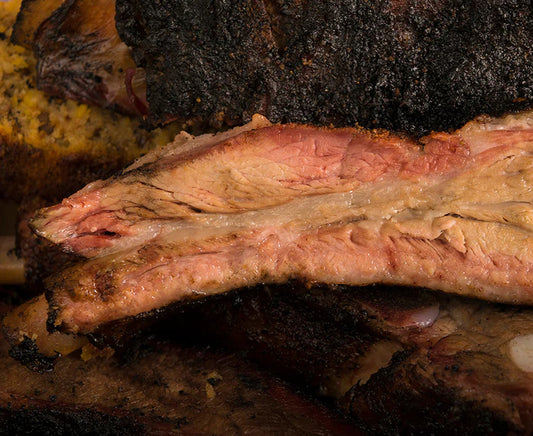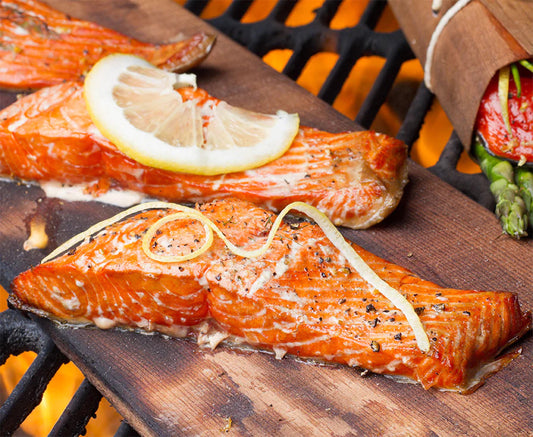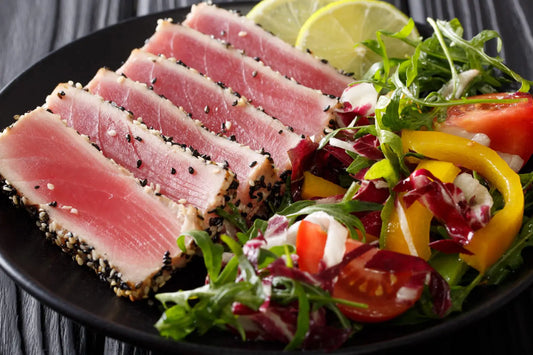Summer is arguably the ultimate season for all smoking experiences. The weather is mostly perfect for outdoor cooking, allowing you to set up your ideal barbecue experience. And what better than the sizzling smoke from your favorite BBQ classics, whether some short ribs, burgers, hot dogs, or steaks. It creates an irresistible, flavorful smoke that will leave you and your guests drooling for a taste even before getting the smoked meat from the food smoker.
You shouldn’t worry if you are new to food smoking as it’s not a complex process. It’s an easy and engaging food preparation experience that anyone can easily pull off in their backyard. All you need is the necessities, including a food smoker (we recommend one of our Bradley food smokers), aromatic Bisquettes or wood, your favorite cut of meat, a cooking thermometer, and other kitchen utensils to get you going. You might also want to keep your recipe close to glance at.
Today, we are going to share with you one of the common concerns from the smoking chamber. Though steak is one of the most commonly smoked cuts of meat, ascertaining its doneness is also one of the most common concerns. There are many ways to determine whether your steak is well-cooked, including monitoring the internal temperature and cooking time. But whichever method, it can be a challenging task, especially for first-timers.

What Is Steak Doneness?
A common definition for steak doneness as a gauge of how thoroughly cooked a cut of meat is based on its color, juiciness, and internal temperature. Less-done steaks look like raw meat on the inside, which is not the case with well-cooked steaks. The doneness concept also applies to other types of meats, including poultry, lamb, and pork.
There are different degrees of steak doneness ranging from rare, medium rare, medium, medium-well to well done.
- Rare – this is the least cooked steak and is red throughout. It’s one stage just after raw meat but is cooked on the outside. Some people like blue rare, an even less cooked steak that is less than 75% seared.
- Medium rare – close to being seared all over. The steak has a soft and juicy, pink-red center but with a firm outside.
- Medium – the steak is about 50% cooked with larger grey-brown parts and a red/pink center.
- Medium well – the steak is primarily brown from the outside all through but with a slight hint of pink at the center.
- Well done – has no sign of pink; it’s mostly largely greyish-brown. This steak has been cooked low and slow, resulting in an all-around cooked, tender and juicy steak.
Are Rare and Medium Rare Steaks Safe?
To some degree, most people are afraid of consuming rare/blue rare and medium-rare steaks. This is normal considering the many sources on how safe or unsafe raw meat can be. But this shouldn’t be a major concern. There are the well-stipulated minimum and standard temperature guides on how to smoke your steaks. The United States Department of Agriculture (USDA) clarifies the cooking temperature guideline, particularly for steaks. Therefore, it does not matter whether the stake has a pink center or not, provided it’s smoked to at least 145 °F (63 °C), which the USDA recommends.

How Do I Tell My Steak’s Doneness?
There are various methods you can use to determine your steak’s doneness.
Though you can rely on the steak’s color and juices to determine its doneness, they can be misleading. They are not the best indicators of doneness, especially when determining whether your steak is ready and safe to eat.
The finger method is also another popular method used to help determine the doneness of a steak. This is done by using the index finger to poke the steak and feel the toughness of the meat. A rare steak compares to the feeling you get when you poke your cheek, a medium steak will feel the same as when you touch your chin, and a well-done steak will be tougher with a feel close to touching your forehead. This should give you a rough estimate of how cooked your steak is and guide you to determine the meat’s doneness.
But these two see-and-feel methods are never the best to determine your steak’s doneness. We highly recommend using a meat thermometer to guide you in determining its doneness. We also advise carefully ascertaining the meat’s temperature from the center of the steak for more accurate results.
You can also borrow from our Bradley official smoking temperature guide for all other types of meat for your food smoking experiences.
Here’s another article about steak doneness:
5 Steak Doneness Internal Temperatures & Times
For more great ideas on how to get the most out of your Bradley Smoker, check out the awesome articles on our Bradley Smoker Food Smoking Blog for more tips & tricks.




